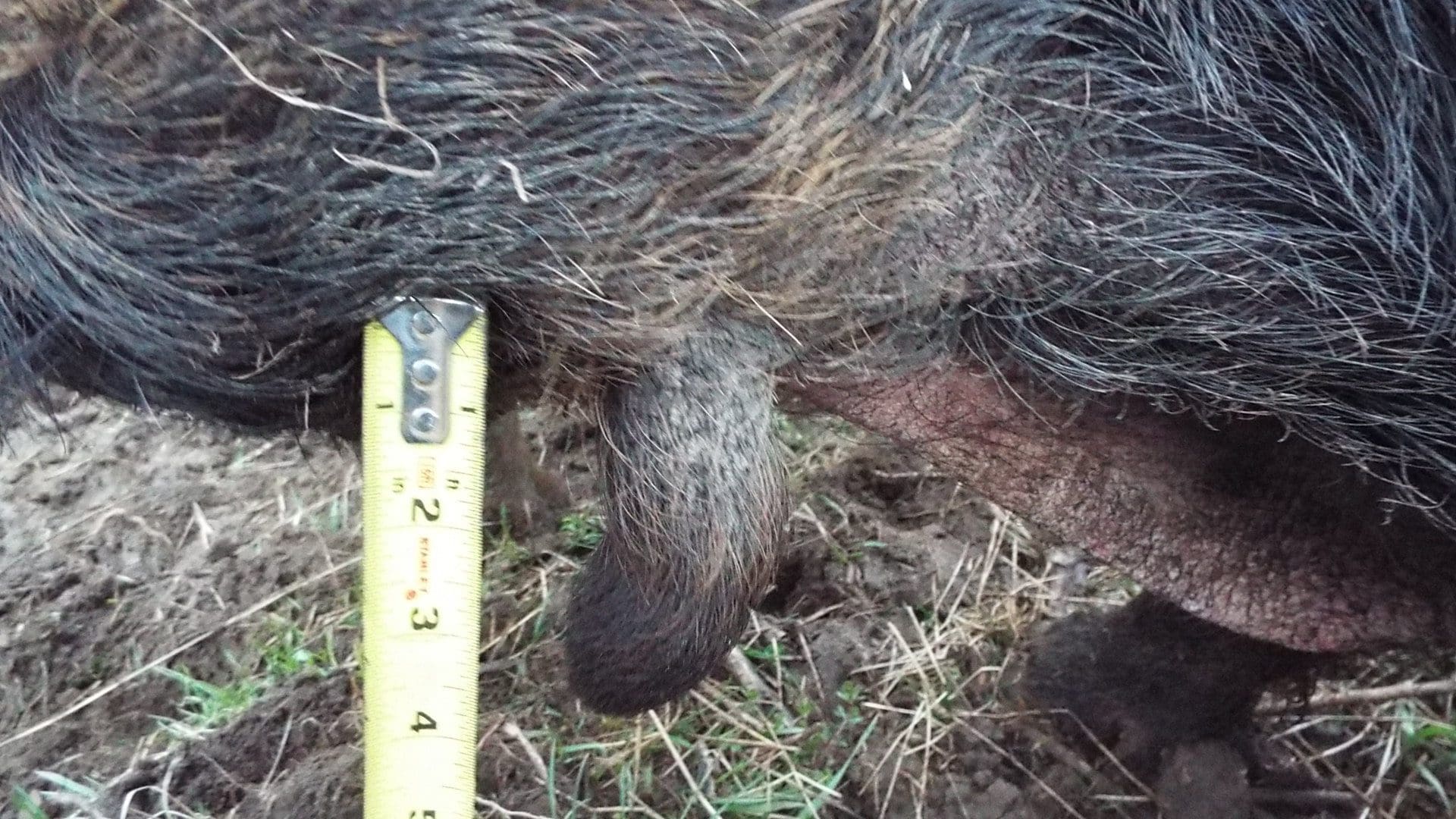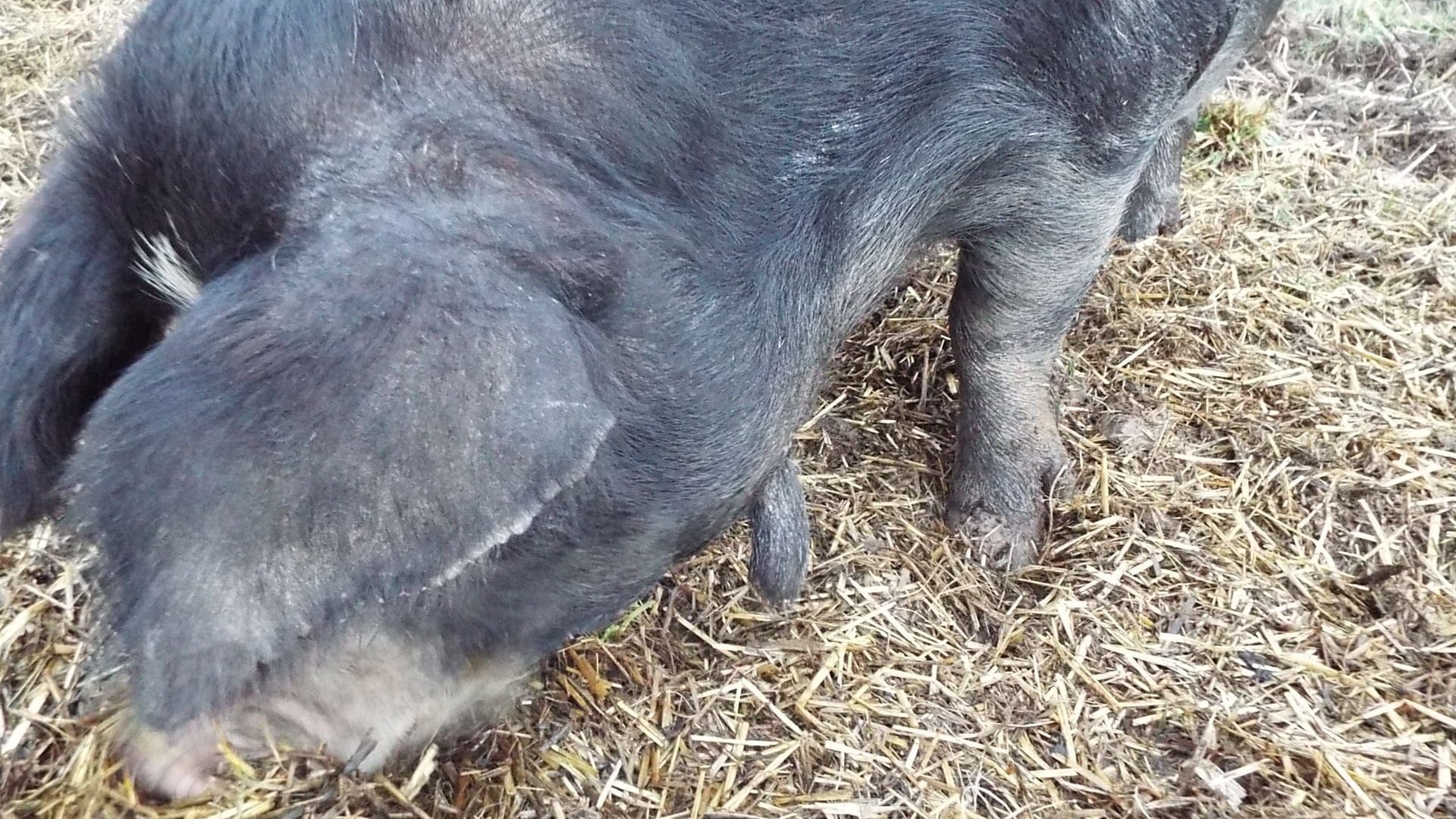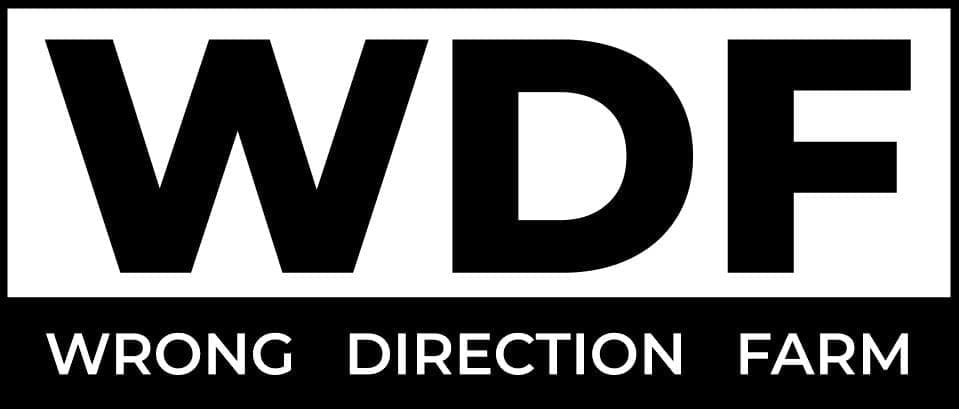I was surprised to see a drawing of a pig with wattles in Charles Darwin’s The Variation of Animals & Plants Under Domestication. Here is the accompanying text:
Another curious anomaly is offered by the appendages, described by M. Eudes-Deslongchamps as often characterizing the Normandy pigs. These appendages are always attached to the same spot, to the corners of the jaw; they are cylindrical, about three inches in length, covered with bristles, and with a pencil of bristles rising out of a sinus on one side: they have a cartilaginous centre, with two small longitudinal muscles; they occur either symmetrically on both sides of the face or on one side alone. Richardson figures them on the gaunt old “Irish Greyhound pig;” and Nathusius states that they occasionally appear in all the long-eared races, but are not strictly inherited, for they occur or fail in animals of the same litter. As no wild pigs are known to have analogous appendages, we have at present no reason to suppose that their appearance is due to reversion; and if this be so, we are forced to admit that somewhat complex, though apparently useless, structures may be suddenly developed without the aid of selection. This case perhaps throws some little light on the manner of appearance of the hideous fleshy protuberances, though of an essentially different nature from the above-described appendages, on the cheeks of the wart-hog or Phacochœrus Africanus.
Since I’m not aware of any other extant pig breeds with wattles besides the Red Wattles, I was interested to dig into this topic a bit more. One Google led to another and I discovered that George Romanes pointed to this passage in one of his papers arguing for a broader understanding of speciation than could be explained by Darwin’s emphasis on natural selection. If Romanes or Darwin had known about the genetic work of Gregor Mendel, they would have been able to put the pieces together sooner, but that had to wait a few decades for the Neo-darwinists to synthesize the disparate bits of knowledge.

My only contribution to the debate between Darwin and his immediate successors is that I’ve discovered that some non-wattle-bearing pigs have a vestigial cartilage in their jowl. As I trimmed the jowls from some Yorkshire pigs (definitely a non-wattle breed) I found a small gnarl of cartilage. In Red Wattles, this would be where the wattle roots to the cheek. Thus far, I’ve only found the wattle cartilage on two pigs who shouldn’t have had it. Most other Yorkshires didn’t have any sign of a cartilage, but it is possible that I may have overlooked it if the tissue was small enough.

This makes me wonder if all pigs (or if at least some other domestic breeds) carry unexpressed or partial genetic coding for wattles. I also wonder if the lack of a wattles in most breeds is a mutation away from wattles rather than the conventional idea (shared by Darwin in the above text) that wattled hogs have a unique mutation away from the general pig population. Needless to say, there isn’t much research money flowing into Red Wattle genomics, so I don’t expect to get a scientific answer. Its just an idea to play with while I feed the pigs. Yeah, I know… It doesn’t take much to amuse me.
